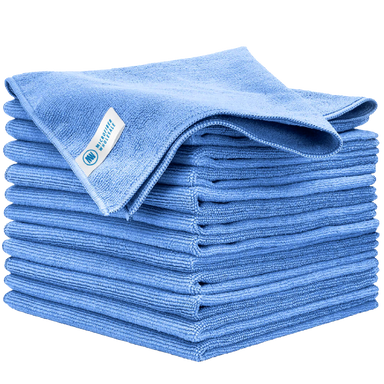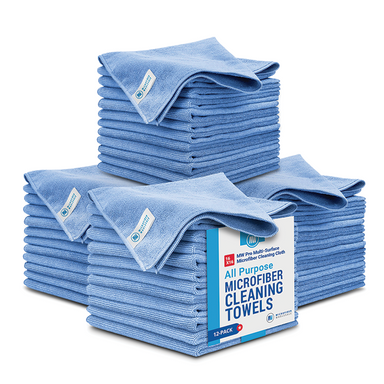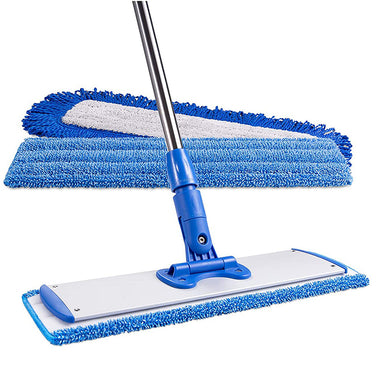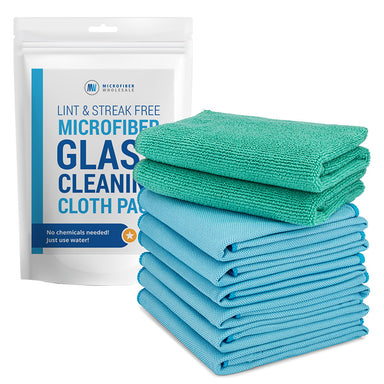You’ve probably seen it happen where you clean a glass door or stainless-steel surface, step back, and notice a faint film that won’t quit, no matter how carefully you wipe. It’s frustrating, especially when you know your technique is solid.
Well, it’s actually not your fault. It’s the water. Hard water minerals like calcium and magnesium can sabotage even the best cleaning products, leaving behind spots and residue that dull your results.
That’s where chelating agents come in. They’re the quiet heroes of professional-grade cleaning, the behind-the-scenes ingredients that turn good results into great ones. And if you don’t know what they are, you’re missing one of the biggest performance secrets in modern cleaning chemistry.

















